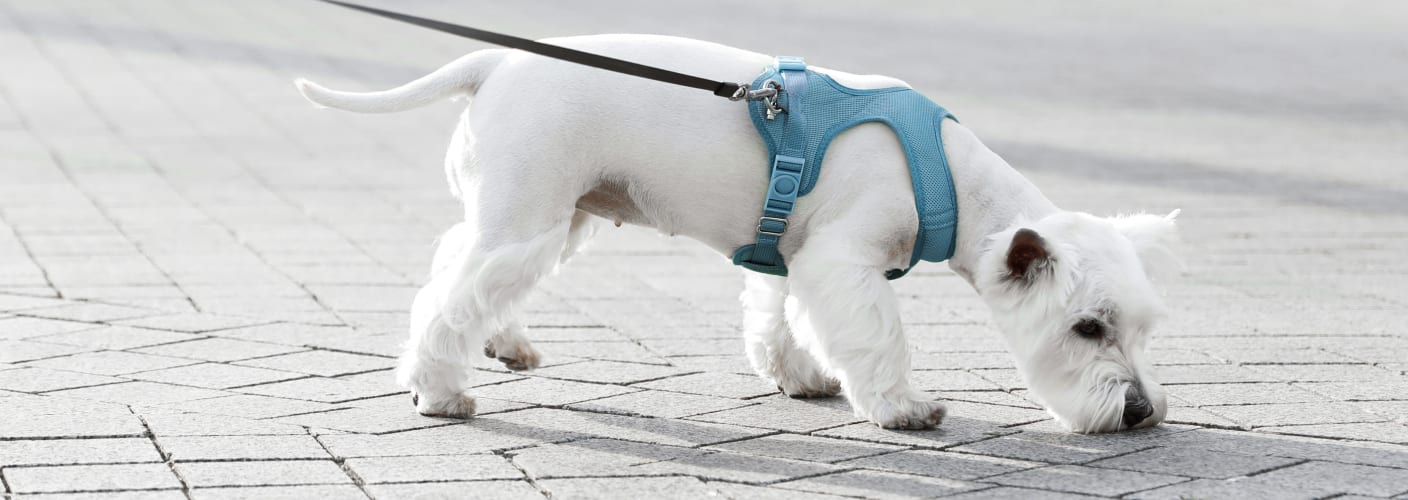
Leptospirosis is a bacterial infection that cats get and it spreads through the body using the bloodstream. Our Erin vets will explain the causes and symptoms of leptospirosis in cats and the treatment.
What is Leptospirosis in Cats?
Leptospirosis replicates throughout the body, including the liver, kidneys, central nervous system, eyes, and reproductive system. When an infection of the liver or kidneys develops and causes serious organ damage, it can end up being fatal for your cat.
Because the disease is classified as zoonotic, it can be passed from animal to human. Children are especially vulnerable to contracting this parasite infection if they are around an infected pet. Young cats with underdeveloped immune systems are more vulnerable to serious consequences from the disease.
What are the Symptoms of Leptospirosis in Cats?
The symptoms of leptospirosis in cats fall into a large list but it tends to vary based on the cat. As such, it's incredibly important to see your veterinarian, or an emergency vet, if you suspect your cat may have contracted the parasite.
Symptoms include:
- Weakness
- Sore or stiff muscles, legs, and/or gait and/or a reluctance to move
- Shivering
- Vomiting and/or diarrhea, possibly with blood
- Depression
- Spontaneous cough
- Increased thirst and urination progressing into rapid dehydration and the inability to urinate.
- Sudden fever and illness
- Bloody vaginal discharge for female cats
- Dark red speckled gums
- Yellow skin and/or whites of eyes
- Lack of appetite
- Difficulty breathing, fast breathing, irregular pulse
- Runny nose
- Swelling of the mucous membrane or mild swelling of the lymph nodes
What Causes Leptospirosis in Cats?
Infection with Leptospira spirochete is more common in subtropical, tropical, and moist regions. In the United States and Canada, the infection rate for domestic pets has been growing, with illnesses most common in the fall season.
Cats who live near wooded areas or on or near farms are more likely to become infected. This is because Leptospira spirochetes are most prevalent in marshy/muddy areas with stagnant surface water. Further, heavily irrigated pastures are also common sources of infection owing to the possibility of infected soil or mud. Cats can also contract Leptospirosis from the urine of another infected animal.
What is the Diagnosis for Cats With Leptospirosis?
Because leptospirosis is a zoonotic illness, your veterinarian will use extreme caution while handling your cat. At all times, latex gloves must be worn, and all bodily fluids will be handled as biologically hazardous materials. Urine, sperm, vomit, and any other fluid that exits the body must be handled with particular care.
Your veterinarian will want a full history of your cat's health, including a history of symptoms and recent activity. The information you provide might help them determine what stage of infection your cat is in and which organs are most impacted.
Your vet will likely order a complete set of diagnostic tests too for a better understanding of your cat's situation.
Treatment for Cats with Leptospirosis
The primary treatment for correcting the consequences of dehydration will be fluid therapy. If your cat has been vomiting, an anti-vomiting medication may be provided. If your cat's ability to eat or keep food down is impaired due to sickness, a gastric tube can be used to provide food and hydration.
Your veterinarian will prescribe antibiotics for at least four weeks. The type of antibiotic will depend on the stage of infection. Penicillins can be used to treat initial infections, but they are ineffective at killing bacteria once they have reached the carrier stage. Some antibiotics might have major adverse effects, especially those that travel deeper into the system to eradicate infection.
The good news is that, except for serious organ damage, the prognosis for recovery is generally good.
What Happens After Treatment?
Leptospires can be detected in urine for several weeks following therapy and apparent recovery from an infection. Appropriate handling techniques are the most effective strategy to prevent infection or reinfection. This includes handling all body excretions with gloves which are disposed of properly afterward. Make sure to dispose of the feces and urine properly too. It may also be worthwhile quarantining your pet for a few weeks even after recovery. Speak to your vet for more information.
Despite how well you, your family, and your other pets feel, it's always a good idea to get tested for Leptospirosis. Remember that it is a zoonotic disease, and can spread just as easily to humans as it can to other animals.
Note: The advice provided in this post is intended for informational purposes and does not constitute medical advice regarding pets. For an accurate diagnosis of your pet's condition, please make an appointment with your vet.

